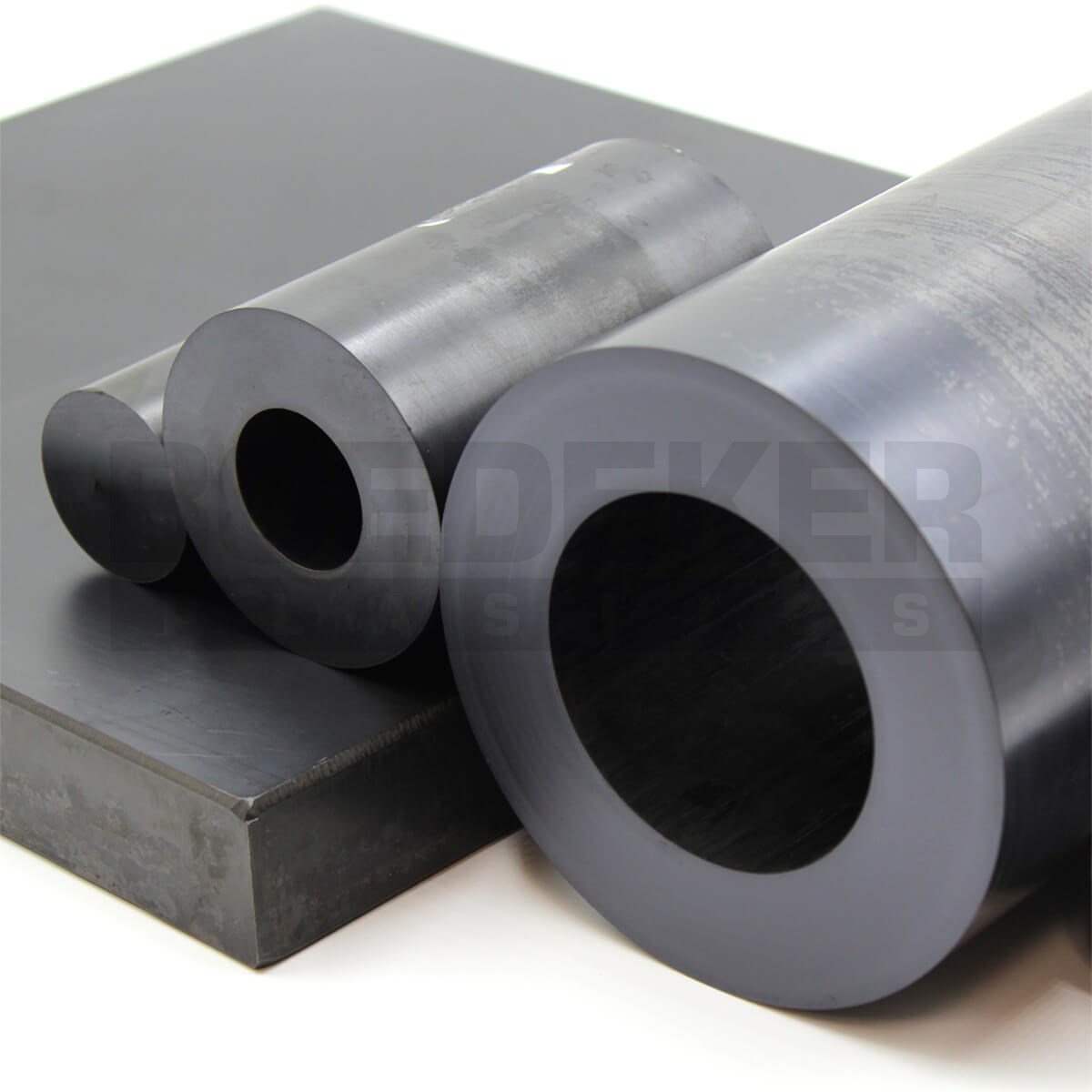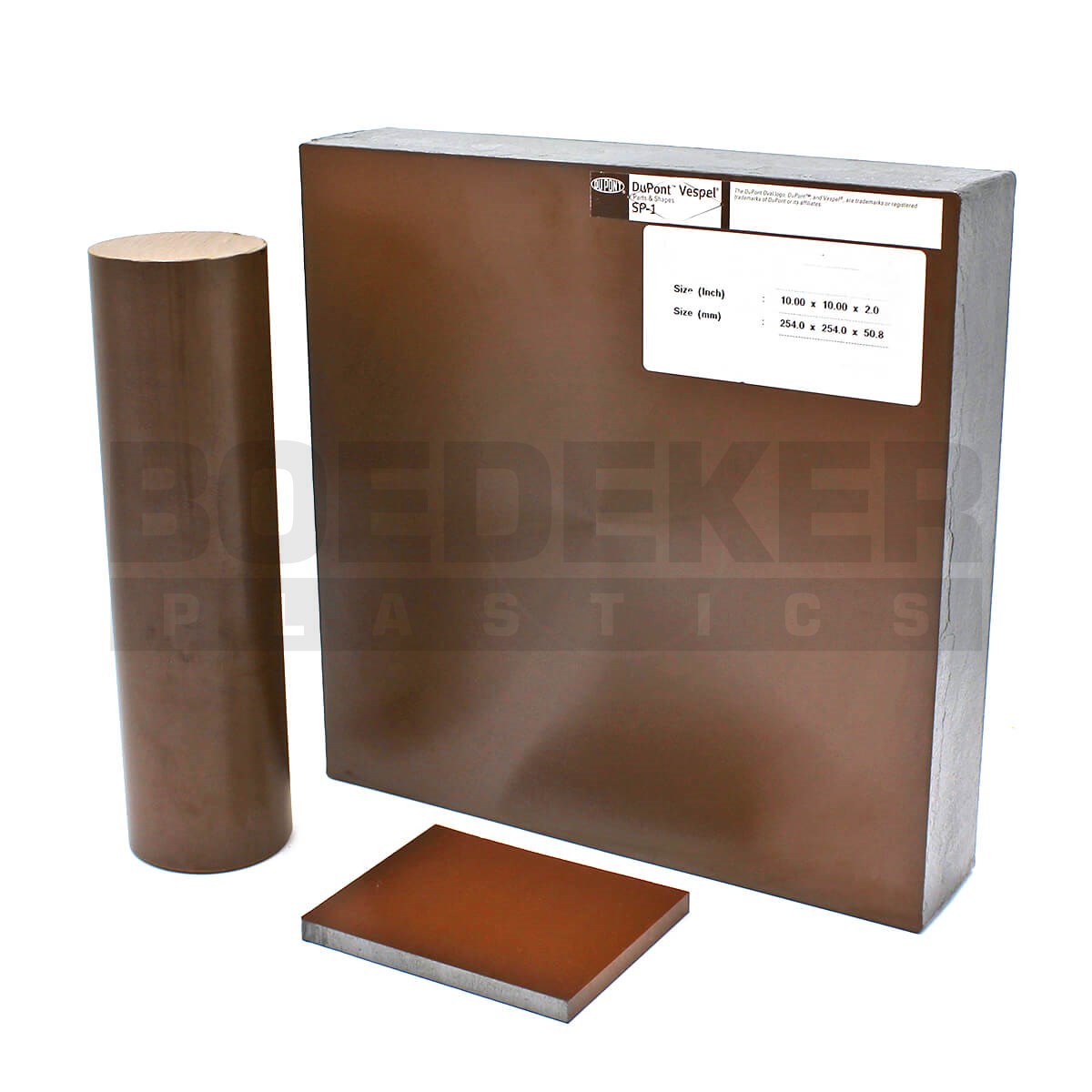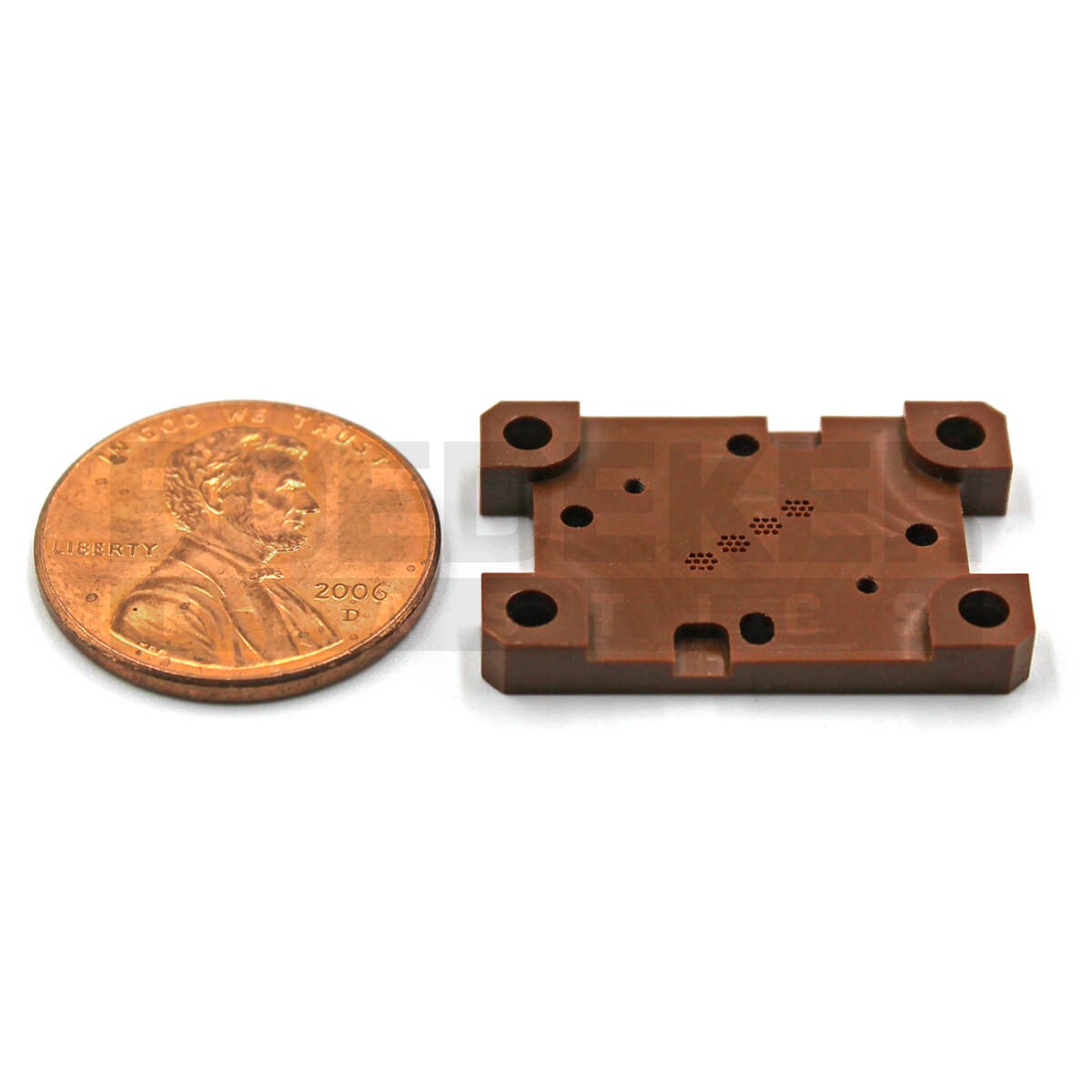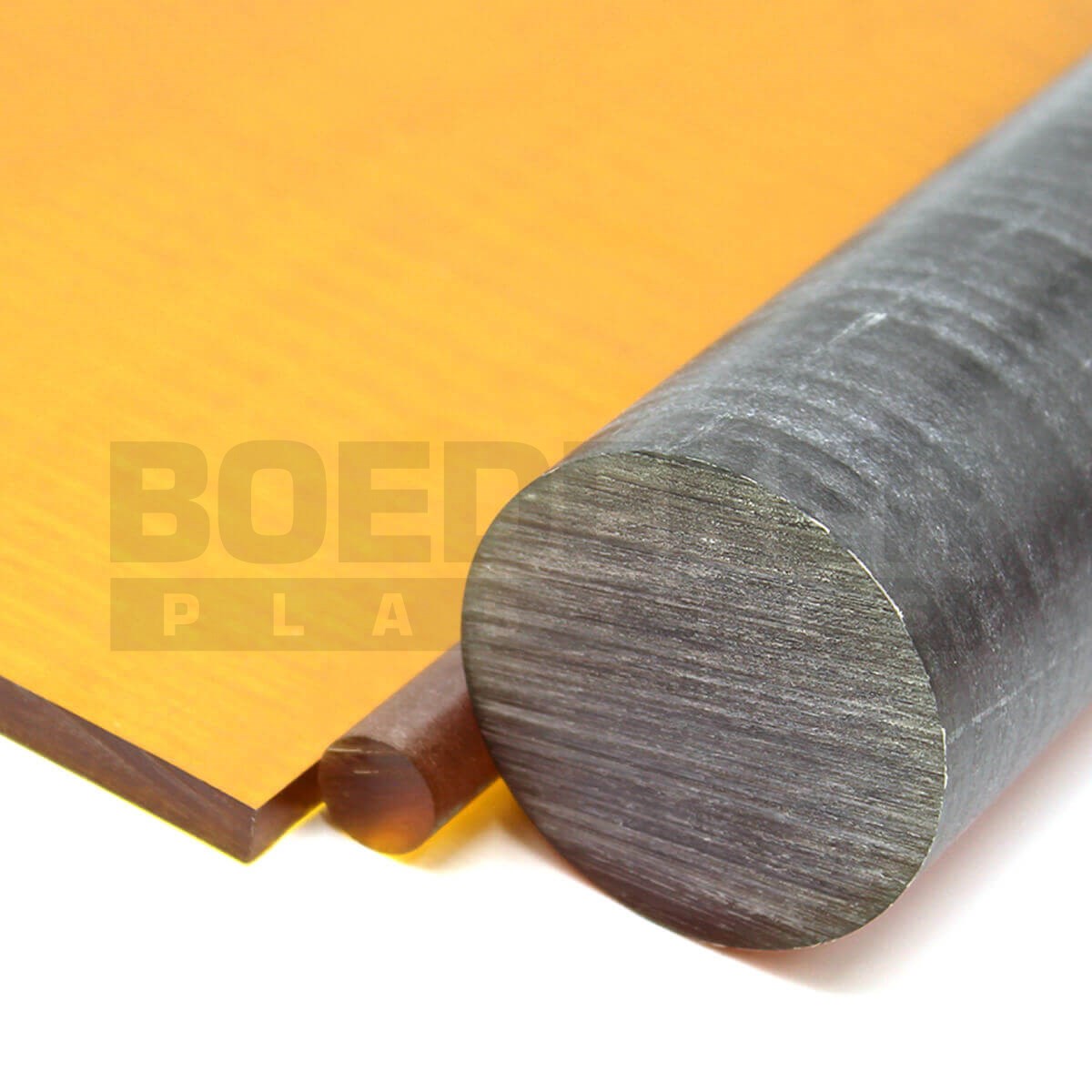
Magnify

Magnify

Magnify

Magnify
- Slide 1 of 4, currently active
- Slide 2 of 4
- Slide 3 of 4
- Slide 4 of 4
About High Purity Plastics | Low Outgassing Plastics
High
Purity plastics are available in sheet, rod, tube, film, custom profile and
machined and molded parts. High Purity
materials are used in semiconductor, pharmaceutical, food processing and other
industries when iconic purity is critical.
Click
here to see all High Purity | Low Outgassing Plastics
Need help deciding? Use our plastics selection tool
Why High Purity Plastics in critical applications?
In many critical aerospace and semiconductor applications, low-outgassing materials must be specified to prevent contamination in high vacuum environments.
Outgassing occurs when a material is placed into a vacuum (very low atmospheric pressure) environment, subjected to heat, and some of the material's constituents are volatilized (evaporated or "outgassed").
ASTM Test Method E595
Although other agency-specific tests do exist (NASA, ESA, ESTEC), outgassing data for comparison is generally obtained in accordance with ASTM Test Method E595-93, "Total Mass Loss and Collected Volatile Condensable Materials from Outgassing in a Vacuum Environment".
In Test Method E595, the material sample is heated to 125°C for 24 hours while in a vacuum (typically less than 5 x 10-5 torr or 7 x 10-3 Pascal). Specimen mass is measure before and after the test and the difference is expressed as percent total mass loss (TML%). A small cooled plate (at 25°C) is placed in close proximity to the specimen to collect the volatiles by condensation ... this plate is used to determine the percent collected volatile condensable materials (CVCM%). An additional parameter, Water Vapor Regained (WVR%) can also be determined after completion of exposures and measurements for TML and CVCM.
ASTM Test Method E595 data is most often used as a screening test for spacecraft materials. Actual surface contamination from the outgassing of materials will, of course, vary with environment and quantity of material used. The criteria of TML < 1.0% and CVCM < 0.1% has been typically used to screen materials from an outgassing standpoint in spaceflight applications. Semiconductor applications may often be more sensitive to contamination during certain processes and may have even lower limits of acceptability.
![]()
Outgassing Test Data References
Besides the specific material information provided in the paragraphs below, there are comprehensive references about materials which have been tested for outgassing, primarily for spaceflight applications.
Goddard Space Flight Center (NASA) maintains an on-line searchable reference of Outgassing Data for Selecting Spacecraft Materials at http://outgassing.nasa.gov. Note: When you visit the site, use the SEARCH function to find the material information you need. Related reference information is also available at that site.
The European Space Agency (ESA) maintains a similar on-line searchable reference Outgassing Database at http://esmat.esa.int/Services/outgassing_data/outgassing_data.html. Note: This link was correct as of April 2018. When you visit the site, use the "Go to Outgassing Search" link to find data on the material you need.
![]()
Boedeker Plastics, Inc. & High Purity Plastics | Low Outgassing Plastics
We stock a wide range of commercially available High Purity Plastic grades in sheet, rod, tube and film and offer cut to size, same day shipping on all inventoried High Purity Plastic materials. Our entire inventory of High Purity Plastic is coded for full traceability, we offer manufacturer certs. and C of C’s upon request at the time of order for all orders.
We specialize in plastics-only machining and produce CNC machined High Purity Plastic parts for prototype to production quantities. We offer technical support with High Purity Plastic materials & parts regarding material selection by application, part design assistance & machining support.
![]()